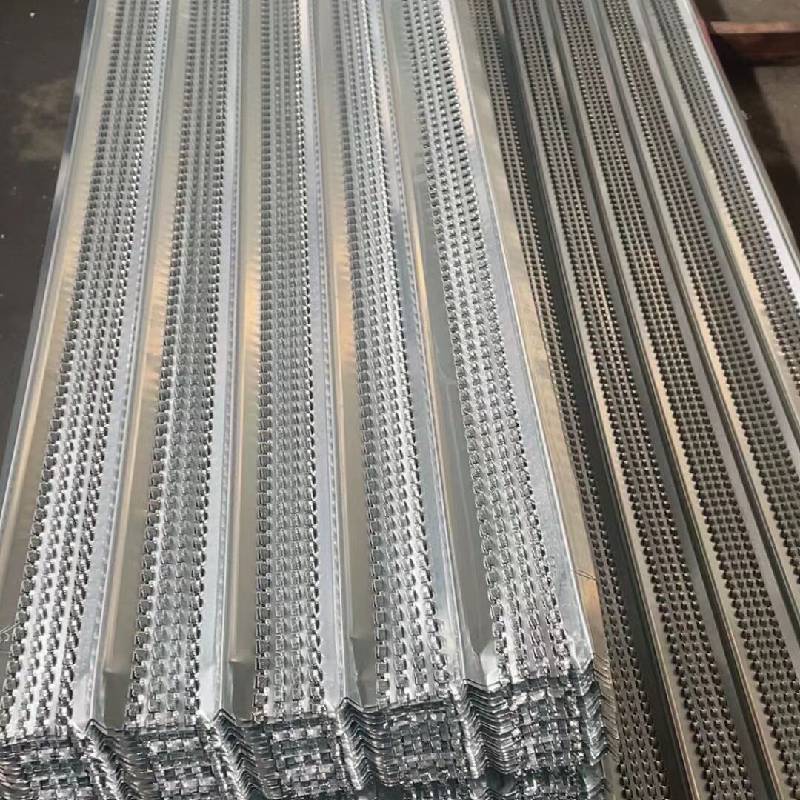
- Mobile Phone
- +8613931874955
- sales@cntcmetal.com
compression flat wire springs
Understanding Compression Flat Wire Springs
Compression flat wire springs are a crucial component in various mechanical applications, functioning as essential elements in the development of more complex machines. With their unique design and ability to handle varying force loads, these springs are widely used across multiple industries, including automotive, aerospace, electronics, and consumer goods. This article explores the design, manufacturing process, applications, and advantages of compression flat wire springs.
Design Characteristics
Compression flat wire springs are designed by coiling flat wire into a spring shape, utilizing high-strength materials such as stainless steel, music wire, or other alloys. Unlike conventional round wire springs, flat wire springs offer enhanced stability and surface area, which contributes to their strength and ability to maintain performance under cyclic loads.
The geometry and dimensions of the spring, including thickness, width, and coil count, play a pivotal role in determining its characteristics. Manufacturers often customize these dimensions to meet specific load requirements, ensuring optimal performance in intended applications. Additionally, the spring’s surface finish and treatment processes, such as shot peening or plating, can enhance corrosion resistance and fatigue life, adding to its longevity.
Manufacturing Process
The manufacturing of compression flat wire springs involves several key steps
1. Material Selection Based on the specific application requirements, suitable materials are chosen, often taking into account factors like tensile strength, fatigue properties, and environmental resistance.
2. Wire Forming The flat wire is formed into a specific shape using precision machines. The forming process can be done through methods such as stamping or bending, ensuring that each spring meets exact specifications.
3. Heat Treatment After forming, the springs may undergo heat treatment processes to increase hardness, improve elasticity, and reduce internal stresses. This step is crucial for enhancing the spring’s performance and durability.
compression flat wire springs

4. Coating and Finishing To improve resistance to wear and corrosion, the springs may receive coatings. This could involve processes like powder coating, anodizing, or galvanizing.
5. Quality Control Rigorous testing ensures that each spring meets the required standards. This may include tensile tests, fatigue tests, and dimensional inspections to guarantee reliability.
Applications
Compression flat wire springs are utilized in various applications due to their versatility
- Automotive These springs play a vital role in suspension systems, ensuring smooth rides and maintaining vehicle dynamics. - Electronics Used in devices like switches and keypads, they provide tactile feedback and enhance user experience. - Medical Devices Compression springs are found in various medical tools and equipment, delivering precise force and facilitating critical functionalities. - Industrial Equipment They are integral to machinery, providing essential force in applications such as clamping, docking, and securing parts.
Advantages
Compression flat wire springs have numerous advantages over traditional coil springs
- Space Efficiency Their flat design allows for more compact configurations, making them suitable for tight spaces without sacrificing performance. - Load Distribution The increased surface area offers better load distribution, minimizing stress concentrations and reducing fatigue failure likelihood. - Customizability Manufacturers can design these springs to precise specifications, accommodating unique application demands.
In conclusion, compression flat wire springs are indispensable in modern engineering and manufacturing. Their unique properties, advanced manufacturing processes, and a wide range of applications make them a preferred choice for many industries. As technology continues to advance, the demand for high-performance springs will likely grow, driving further innovations in their design and production. Understanding their characteristics and applications enables better decision-making for engineers and manufacturers alike, paving the way for the development of more efficient and reliable systems.
share:
-
Why Sacrificial Formwork Is Redefining Underground ConstructionNewsJun.06,2025
-
The Structural Dynamics of Modern Concrete: How Snake Spacers Revolutionize Flexible ReinforcementNewsJun.06,2025
-
Snake Spacers Smart-Lock Concrete Reinforcement with Surgical PrecisionNewsJun.06,2025
-
Snake Spacers: Reinforcement Precision for Modern Concrete ProjectsNewsJun.06,2025
-
Snake Spacers Powering Concrete's Structural DNANewsJun.06,2025
-
Slither into Success: Snake Spacers' Precision Bite for Unbreakable ReinforcementNewsJun.06,2025
-
Sacrificial Formwork: Building Stronger, Faster, and Safer StructuresNewsJun.06,2025



















